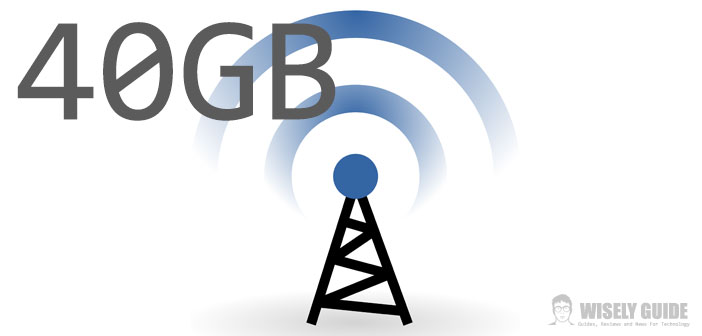At the Compound Semiconductor Integrated Circuits Symposium in San Diego, it was announced a new record in the field of wireless data transmission rate: 40 gigabits per second, or forty times higher than the LTE Advanced technology can offer today. The new record was achieved thanks to a newly designed chip that operates in the band from the 141,5GHz and 148GHz (band LTE, depending on the country.
It ranks among the 698MHz and 1.4GHz). Zirath Herbert, who worked on the project and is a professor at Chalmers University of Technology in Sweden as well as a part-time employee for Ericsson Research, commented:
” The band between 141,5GHz and 148GHz is assigned by the FCC for fixed and mobile telecommunications. Currently, we are focusing to optimize the operation of the chip and next year takes a real demonstration wireless. Applications of choice in the short term are backhaul networks, mobile, high-speed connections over distances of a few kilometers, wireless transmissions room HDTV low latency and so on. It could be used in the future for WLAN applications, we will work towards this kind of demonstration. “
Currently backhaul applications are already served by transmitters in the band of 141,5GHz – 148GHz, but at half the speed achieved with the new chip developed by researchers working at Chalmers University, where Simon He took care of the measurements. In order to achieve the speed of 40 gigabits per second, the researchers had to move towards the use of materials such as indium phosphide, the key that has allowed the group to set a new record, and using a production process DHBT ( Double Heterojunction Bipolar Transistor) to 250 nanometers.
The team is working on this project for over ten years: ” We started the research on the millimeter-wave transceiver about 12 years ago; we then focused on the search for high-speed transmissions for over six years. During this period of hard work, we have gradually built up a knowledge base that is served in the work and the results of many people. It’s partly luck when we got there first, but we’ve been working towards this goal for a long time, ” Simon He said .
The next step that researchers are about to take is the completion of the chip for real-world applications, which means realize the packaging for the transceiver and the interface with the rest of the circuitry. In a second step, we will try to get higher speeds: ” We will conduct a series of demonstrations and build various prototypes and then push towards higher speeds. We are already facing the packaging of the chips and the electronic processing of the signal. We aim to give demonstrations 100 gigabits per second within a few years, with this or a chipset change, ” Dichiaraot Zirath said.

